All Formats & Editions
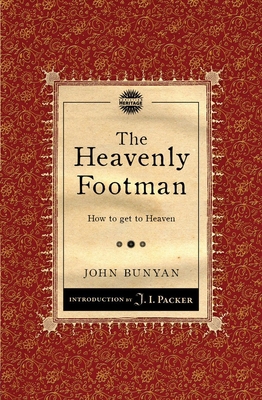
The Heavenly Footman: How to Get to Heaven
Throughout Bunyan's great allegories his prime concern was that people would be able to discern the way to heaven. The 'Footman' is an athlete dogged in the pursuit of 'winning' the race. Bunyan wants us to be able run the race of the Christian life and finish the course...

The Heavenly Footman
"The Heavenly Footman; Or, A Description of the Man That Gets to Heaven With Directions How to Run So as to Obtain" is a classic Christian life text by John Bunyan. Solomon saith, that "the desire of the slothful killeth him;" and if so, what will slothfulness itself do to those...
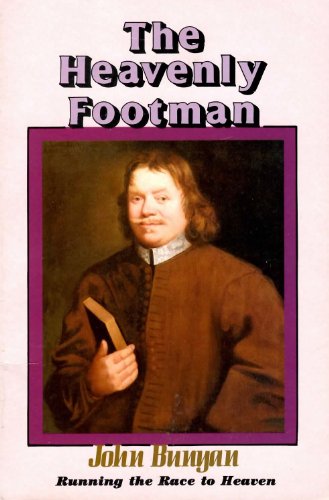
The Heavenly Footman, or, A Description of the ...

The Heavenly Foot-man or a Description of the m...

The Heavenly Footman: Or, A Description Of The ...

The Heavenly Footman: A Puritan's View of how t...

The Heavenly Footman: A Description of the Man ...


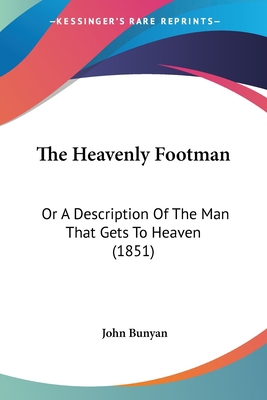
The Heavenly Footman: Or A Description Of The M...
The Heavenly Footman is a religious book written by John Bunyan and first published in 1851. The book is a description of the ideal man who will successfully reach heaven. Bunyan draws upon his own experiences as a Christian and his knowledge of the Bible to create a vivid picture...
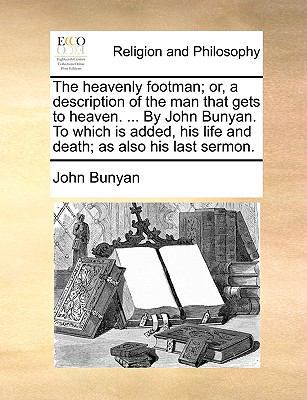
The Heavenly Footman; Or, a Description of the ...
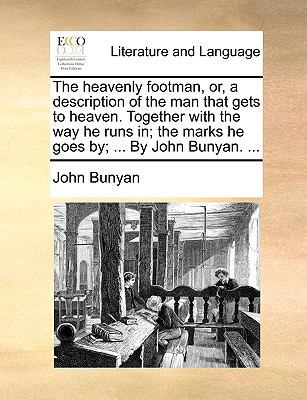
The heavenly footman, or, a description of the ...
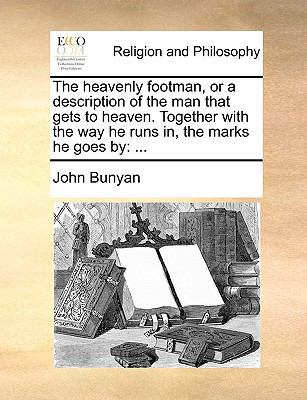
The heavenly footman, or a description of the m...
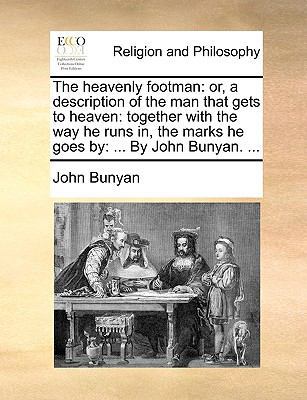
The heavenly footman: or, a description of the ...
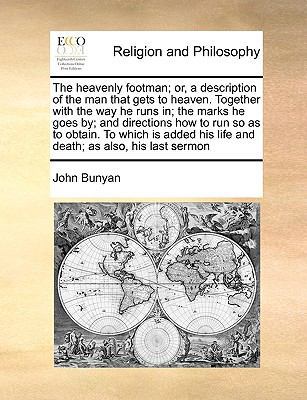
The Heavenly Footman; Or, a Description of the ...
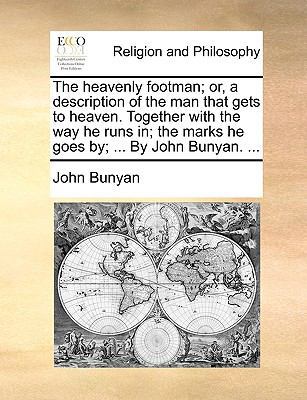
The heavenly footman; or, a description of the ...
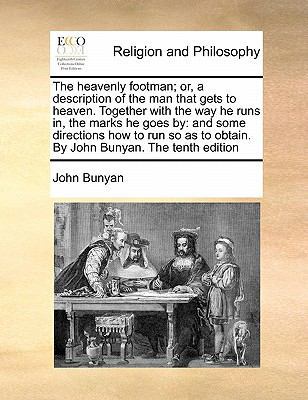
The heavenly footman; or, a description of the ...
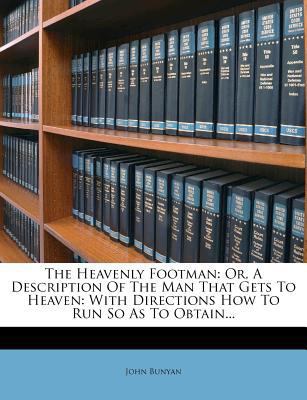
The Heavenly Footman: Or, a Description of the ...
This is a reproduction of a book published before 1923. This book may have occasional imperfections
such as missing or blurred pages, poor pictures, errant marks, etc. that were either part of the original artifact,
or were introduced by the scanning process. We believe...
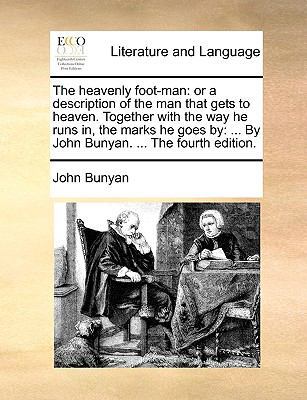
The heavenly foot-man: or a description of the ...

The heavenly footman: An gille-ruith neamhaidh,...
The heavenly footman - An gille-ruith neamhaidh, no, Cunntas mu'n duine a theid do neamh is an unchanged, high-quality reprint of the original edition of 1894. Hansebooks is editor of the literature on different topic areas such as research and science, travel and expeditions,...

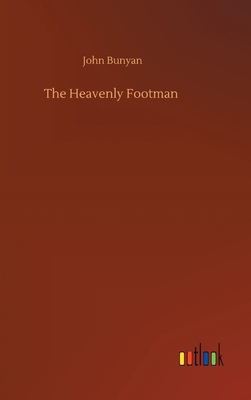
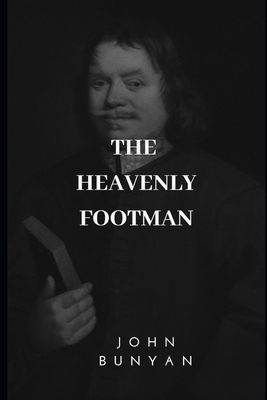
The Heavenly Footman
This is John Bunyan's allegory of how to run the Christian race. It is a book of profound wisdom for the spiritual, but it is also an interesting read for those who are interested in religious literature from the early days of the Reformation.

The Heavenly Footman
"A description of the man that gets to Heaven: With directions how to run so as to obtain." The Heavenly Footman is John Bunyan's thundering description of how Heaven is to be pursued. Fought for. Run for with all our strength. This is a portrait of the faithful zeal that leads...
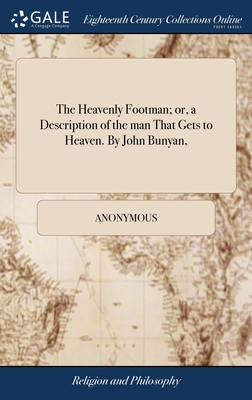
The Heavenly Footman; or, a Description of the ...
The 18th century was a wealth of knowledge, exploration and rapidly growing technology and expanding record-keeping made possible by advances in the printing press. In its determination to preserve the century of revolution, Gale initiated a revolution of its own: digitization...



